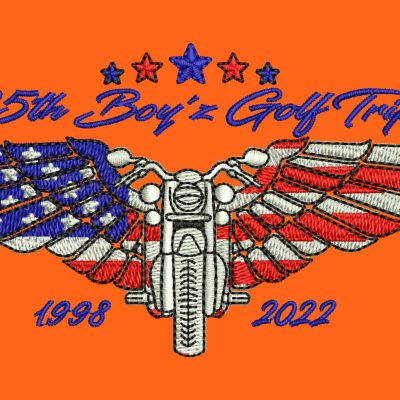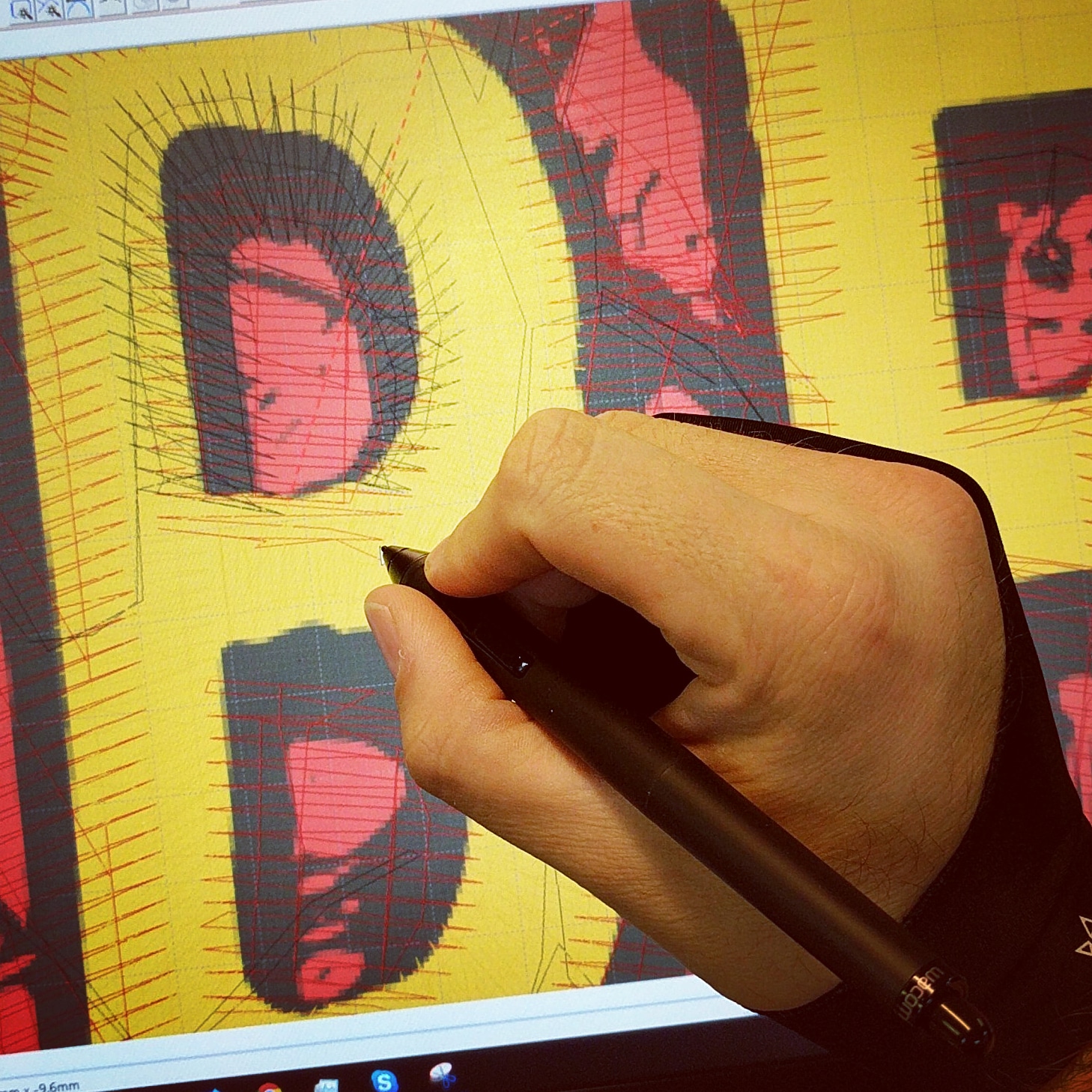Top-Rated Digitizing for Embroidery: Perfect Stitch Every Time
Top-Rated Digitizing for Embroidery: Perfect Stitch Every Time
Blog Article
Understanding the Embroidery Digitizing Refine: Your Ultimate Guide
Needlework digitizing is a careful craft that requires accuracy and expertise to translate complex designs right into digital formats for machine needlework. As craftsmens embark on this trip to master the needlework digitizing process, a comprehensive understanding of the fundamentals establishes the structure for excellence. Nonetheless, past the rudimentary expertise exists a world of sophisticated software program, specialized devices, and nuanced strategies waiting to be checked out. By delving into the nuances of digitizing, one can unlock a world of innovative opportunities and boost their needlework tasks to brand-new elevations.

Recognizing Embroidery Digitizing Basics
Needlework digitizing basics form the foundation upon which detailed designs are translated into machine-readable styles for specific sewing. This initial step in the needlework digitizing procedure is crucial for guaranteeing that the last stitched item is a loyal depiction of the original design. Understanding needlework digitizing essentials entails grasping key ideas such as stitch types, stitch instructions, density, rug, and pull payment.
Stitch kinds play a crucial function in figuring out the aesthetic and textural result of the stitched style. By choosing the proper stitch type, whether it be satin, fill, or running stitch, digitizers can accomplish the desired effect and boost the total high quality of the embroidery. Additionally, stitch instructions influences the circulation and measurement of the design, while thickness establishes the spacing and insurance coverage of the stitches.
Moreover, rug stitching gives security to the style by securing the textile and stopping distortion during the needlework process. Draw payment is another essential factor to consider to combat the natural propensity of fabric to agreement when stitched. Mastering these needlework digitizing basics is basic for creating professional-quality stitched products.
Picking the Right Digitizing Software
Choosing the appropriate digitizing software application is a critical decision that dramatically impacts the performance and quality of the embroidery digitizing procedure. Digitizing for Embroidery. When picking the right digitizing software application, it is important to think about variables such as the complexity of styles you intend to create, the user-friendliness of the software program, the degree of client assistance provided, and the compatibility with your needlework equipment
There are various digitizing software application alternatives available on the market, varying from standard programs for newbies to innovative software for expert digitizers. Some prominent selections include Wilcom EmbroideryStudio, Hatch Needlework Software Program, and PulseID. These software use a vast range of tools and functions to aid you create elaborate layouts easily.
Before making a decision, it is recommended to explore the different software options through totally free trials or demonstrations to identify which one published here finest fits your requirements. Additionally, reviewing reviews and looking for suggestions from knowledgeable digitizers can give useful insights right into the staminas and weaknesses of each software (Digitizing for Embroidery). By carefully evaluating your needs and comparing the features of various digitizing software application, you can make an informed selection that improves your embroidery digitizing operations
Digitizing Tools and Techniques

Optimizing Style Settings for Needlework
Grasping the complexities of design settings is basic in accomplishing optimal outcomes in the embroidery digitizing process, structure upon the foundation laid by understanding digitizing devices and methods. When optimizing layout setups for needlework, it is vital to consider aspects such as stitch type, thickness, rug, draw compensation, her latest blog and enrollment. Registration setups align different components of the style accurately, keeping general layout stability.

Troubleshooting Common Digitizing Issues
When experiencing usual digitizing problems throughout the needlework procedure, it is necessary to comprehend the source and implement efficient remedies immediately. One usual problem is stitch thickness concerns, where stitches may be as well thick, causing the material to tighten, or too sporadic, bring about gaps in the style. Readjusting the stitch density settings in the digitizing software link program can help solve this concern.
Another regular obstacle is string breaks during the embroidery procedure. This can take place due to different factors such as wrong tension settings, dull needles, or utilizing low-grade string. Ensuring appropriate upkeep of the needlework equipment, consisting of regular needle changes and tension modifications, can decrease the occurrence of thread breaks.
Furthermore, style enrollment mistakes can lead to misaligned components within the embroidery design. Inspecting the style placement in the digitizing software and making required modifications prior to sewing can help in avoiding this issue. By dealing with these typical digitizing concerns promptly and efficiently, you can make sure a smoother needlework process and top quality ended up items.
Conclusion
In verdict, grasping the needlework digitizing procedure calls for a solid understanding of the essentials, the appropriate choice of software application, and knowledge of tools and techniques. Optimizing design setups and repairing usual digitizing concerns are crucial steps in ensuring high-quality embroidery results. By following these actions diligently, one can achieve precision and efficiency in the digitizing procedure.
Report this page